RIO DE JANEIRO, BRAZIL – Inaugurated in December 2015, the Museum of Tomorrow celebrates its fourth anniversary this month in the city of Rio de Janeiro with the mark of four million visitors and, to celebrate, will inaugurate a show about its history on December 17th. It will also promote free activities for the public on December 14th and 15th.
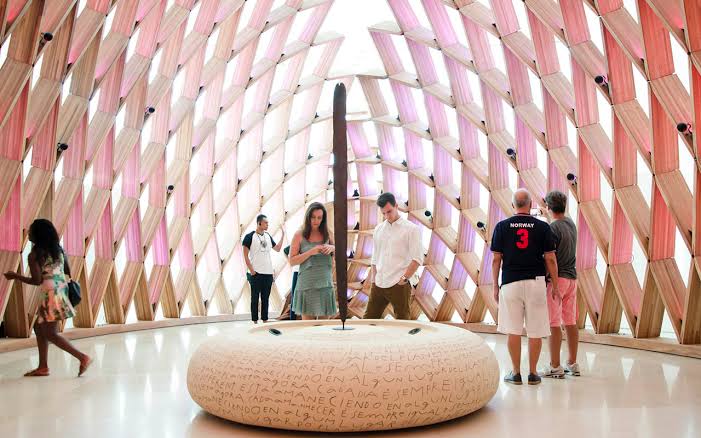
In addition, as of December 17th, visitors will have novelties in the museum’s app, with audioguides, audiodescriptions and sign language videos. The long-term exhibition will also be updated, starting in January, in the interactive IRIS+ and the ecological footprint game.
With diversity as a cross-cutting theme, in 2020 the museum will deal with four macro-topics: Guanabara Bay, Seas and Oceans, Communities and Cities, and Climate Emergency and the Amazon. It is expected that the latter will give life to a temporary exhibition, which is already in its research stage and includes a team of consultants, led by scientist Paulo Artaxo. The inauguration date is yet to be defined.
In November this year, the City Hall proposed to extend the equipment management contract with the Institute of Development and Management (IDG), from December 1st, 2019 to December 1st, 2020. The IDG accepted the challenge and will make the management without transfers from the City Hall.
Innovations
To become even more accessible, a new version of the Museum of Tomorrow app will feature new audioguides from the main exhibition, with unpublished testimonials and dynamic languages, which can be checked by visitors’ cell phones – before, using a tablet supplied by the museum was required, which had to be returned at the end of the visit.
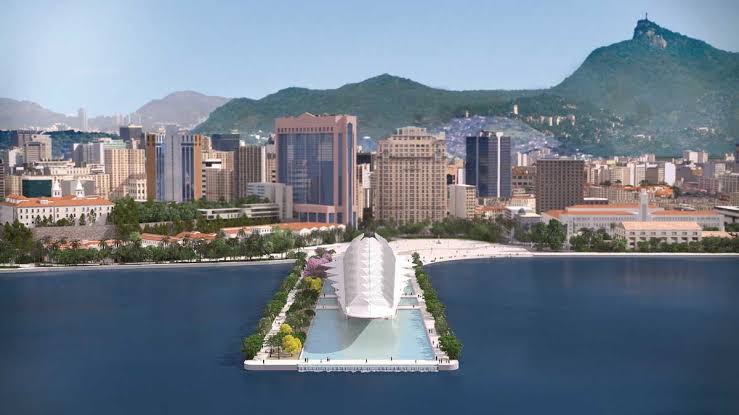
This time, the information will serve both the general public and those with disabilities with audio and video descriptions in sign language.
“The new app is designed to expand the Museum of Tomorrow’s accessibility program more and more. With the new app tools, visitors, particularly educators, can study and plan their visit in advance, having access to the content on their cell phones,” says Henrique Oliveira, executive director of the Museum of Tomorrow.
The “Ecological Footprint” game, the most accessed of the long-term exhibition, will also be updated in 2020. Based on information provided by visitors, such as means of transport, food and housing, among others, the interactive platform analyzes the impact of lifestyle on the environment.
Users can also choose between the profile of Brazilians or other nationalities, depending on where they live. Here, for instance, the average footprint is 1.7 hectares while in the USA it is five hectares. The game will have an updated algorithm, design and animations. The Ecological Footprint activity is carried out in partnership with Global Footprint Network.
Another technology used by the Museum of Tomorrow is Iris+, an artificial intelligence project developed by IBM. Through subjective questions and answers and, therefore, more complex, it traces the visitors’ trajectory and allows a deepening of the experience with pointers of initiatives aligned to the topic that the visitor brought.
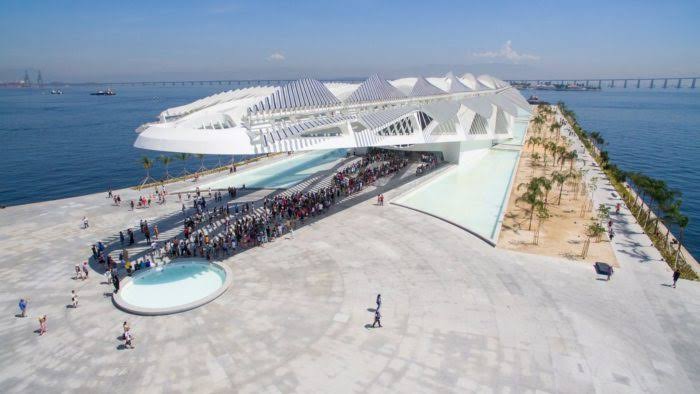
The interactive section will be updated with more suggestions of initiatives and projects with which visitors can engage, based on their indication of interest, among these more suggestions aimed at serving youths, who are one of those using Iris+ the most.
There will also be the inclusion of the 17 UN Sustainable Development Goals (SDGs) in the system. In other words, when pointing out a subject of their interest, visitors will be able to know to which SDG it is linked. ÍRIS+ will also show in which area of the long-term exhibition that topic will appear.
2020 program topics
In 2020, the Museum of Tomorrow will feature diversity as the central topic of curatorship, programming and activities. According to curator Luiz Alberto Oliveira, diversity is the basic condition for the creation of ecosystems and the human community.
“It is through the association of the diverse that commonality is produced. Diversity is both foundation and power. It is what allows resilience, adaptation, development of species and societies,” he says.
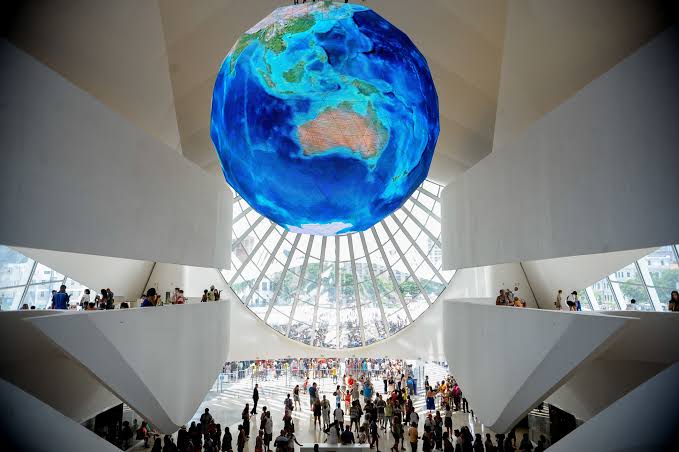
The macro-topics that will guide the programming and activities are Amazonia, Cities and Communities, Climate Emergency and Guanabara Bay, Seas and Oceans.
“We want to start the discussions around the decade of the Oceans next year, the UN framework for 2021. We will talk about cities and contribute to the debate of the architecture conference that will take place in July in Rio, due to the title of World Capital of Architecture.
We will also promote science and innovation shows and continue uniting the academic, scientific, educational and cultural communities to share knowledge with the public,” said Ricardo Piquet, president of IDG.
Mostra 4 Milhões de Encontros – Memórias do Amanhã
(“Four Million Meetings – Memories of Tomorrow Show”)
The exhibition on the history of the museum will open on December 17th and will run until February 20th. Divided into four areas, there will be a video about the museum’s four years of existence and another about the work of its backstage staff and operational areas that visitors do not access, such as the subsoil.
In addition, it will show a gallery of award trophies won over the four years, such as the Leading Culture Destinations Awards 2018, considered the “Oscar of Museums”, in the “Best Cultural Organization of the Year” category to promote Soft Power; and a timeline with 30 milestones of its history, such as the temporary exhibitions, events linked to the Rio 2016 Olympics, seminars and program highlights.
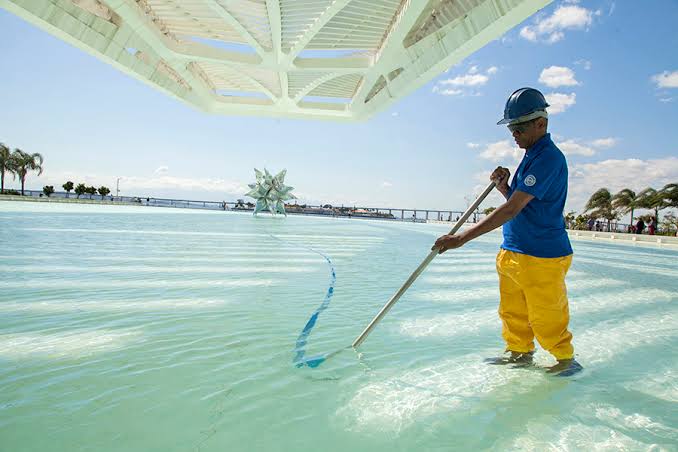
The museum’s different audiences, such as students and teachers, participants in the activities, neighbors and friends of the museum, will be included in backlight texts at the exhibition. Finally, a panel with an educational game will be used to encourage the involvement of visitors in the reflections proposed by the museum.
In the game of words, ‘Educativo’ ( the Educational Game) will invite visitors to experience the value of living their curiosity, the desire for knowledge, without the premise of answers, but of relating to the world. The panel will include the topics most frequently mentioned by visitors in the interactive Iris+.
Have a look at the free program for the 4th anniversary of the Museum of Tomorrow:
December 15th
10 AM and 11 AM Fabulosos – Jokes, Art and Culture | Observatory
The Fabulousos Project – Games, Art and Culture, through a differentiated and creative recreation activity, allows children to enter an imaginary and playful world. In it, objects come to life, music is converted into body actions and stories bring people together. The activity seeks to rescue traditional music, children’s songs and cultural values with great joy and imagination stimulating each child’s creative side, contributing to their development and promoting socialization between them and between them and the adults.
4:30 PM| Open rehearsal of the Orquestra Voadora block | External area
The Orquestra Voadora carnival block heats up the tambourines in the external area of the Museum of Tomorrow.
About the Museum of Tomorrow
The Museum of Tomorrow is a museum of applied sciences that explores the opportunities and challenges that humanity will have to face in the coming decades from the perspectives of sustainability and coexistence. Inaugurated in December 2015 by the City of Rio de Janeiro, the Museum of Tomorrow is a cultural facility of the Municipal Secretariat of Culture of the City of Rio de Janeiro, under the management of the Institute of Development and Management (IDG).
A successful example of a partnership between the government and the private sector, the Museum of Tomorrow has hosted over 4 million visitors since its inauguration. With master sponsorship from Banco Santander and a wide network of sponsors that includes companies such as Shell, IBM, IRB-Brasil RE, Engie, Grupo Globo, Instituto CCR and Intel, the museum was originally conceived by Roberto Marinho Foundation.
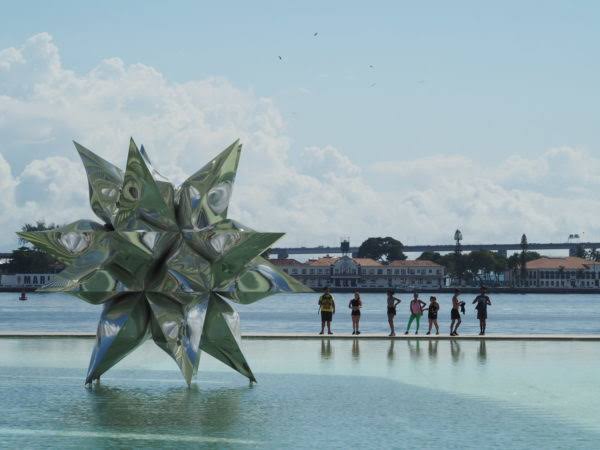
The IDG – Institute of Development andManagement – is a non-profit organization specialized in managing public cultural centers and environmental programs and also acts in consulting for private companies and in the execution or development of cultural and environmental projects.
Paço do Frevo, in Recife, is currently in charge of the management of the Museum of Tomorrow, in Rio de Janeiro, as operational manager of the Atlantic Forest Fund and as director of the conservation and consolidation actions of the archaeological site of Cais do Valongo, in the port region of Rio de Janeiro. Learn more at.

